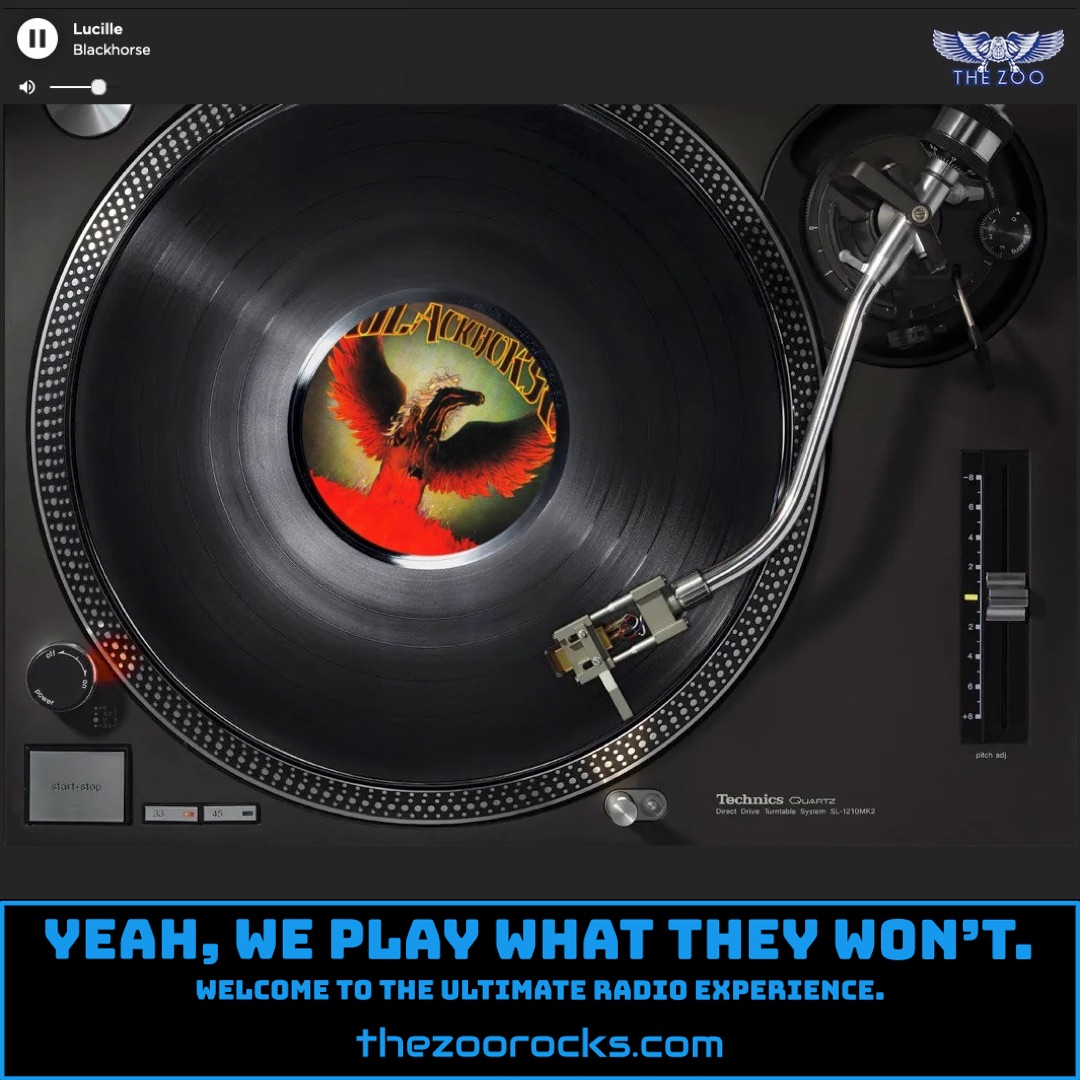The Number of the Beast (Live 1985)
Iron Maiden
The Zoo Crew is cranking up the volume at THE ZOO radio station, spinning the electrifying "The Number of the Beast (Live 1985)" by Iron Maiden from their iconic Live After Death album for all the Zoo Freaks out there. This track, recorded during the band's World Slavery Tour at Long Beach Arena, California, captures the raw energy of Iron Maiden at their peak. One wild piece of trivia comes from the recording of the studio version in 1982 at Battery Studios, where spooky stuff went down—lights flickering on and off, gear breaking, and producer Martin Birch getting into a car crash with a repair bill of exactly £666. The band leaned into the eerie vibe, inspired by bassist Steve Harris’ nightmare after watching Damien: Omen II, though Harris has always insisted the song’s about a dream, not devil worship. Another cool tidbit: the spine-chilling spoken intro, quoting Revelations, was read by British actor Barry Clayton because horror legend Vincent Price wanted more cash than the band could shell out.
The live version from Live After Death is a fan favorite, with some calling it the ultimate rendition of the song. On Reddit’s Iron Maiden community, fans rave about the 1985 performance’s intensity, though some prefer the raw edge of the 1982 Beast Over Hammersmith show for Bruce Dickinson’s youthful vocal grit. During the World Slavery Tour, which ran for a grueling 331 days with 187 shows, the stage was decked out in an ancient Egyptian theme tied to their Powerslave album, complete with sarcophagi, hieroglyphs, and a mummified Eddie, the band’s mascot. The Live After Death cover art, featuring Eddie bursting from his grave, is a masterpiece by artist Derek Riggs, packed with details like a tombstone nod to Riggs himself and a quote from H.P. Lovecraft. Fans on Iron Maiden’s Facebook and Instagram still geek out over the album’s epic artwork and setlist, with one Reddit user recalling how finding the VHS in a video store as a kid sparked their Maiden obsession.
Iron Maiden kicked off in 1975 in Leyton, East London, when Steve Harris, a bassist with a vision, formed the band after his earlier group, Smiler, fizzled out. Inspired by the raw energy of the punk scene and the theatricality of prog rock, Harris wanted to create something heavier, blending melody with aggression. The early days were rough, with a revolving door of singers and drummers, but the band’s DIY ethos—booking gigs in pubs and releasing their Soundhouse Tapes EP independently—built a loyal following. By 1980, their self-titled debut album dropped, cementing their role as pioneers of the New Wave of British Heavy Metal. The arrival of Bruce Dickinson in 1981, replacing Paul Di’Anno, was a game-changer, bringing operatic vocals and stage charisma that propelled The Number of the Beast to global success, despite controversy from religious groups who misread the band’s lyrical themes.
You can keep up with Iron Maiden on their official website, where they post tour dates, merch, and news about their upcoming 50th-anniversary Run For Your Lives World Tour. They’re active on Facebook, sharing throwback photos and fan interactions, and on Instagram, where they post epic concert shots and behind-the-scenes glimpses. On X, they engage with fans, recently asking how old folks were when they first heard The Number of the Beast. For deeper fan dives, check out the Maiden The Beast fan site for detailed discography breakdowns or join the Iron Maiden Fans Facebook group to swap stories and debate the best live versions. The Iron Maiden Wiki is another killer spot for trivia and history, run by diehard fans. Up the Irons!

